Florian Denk
Individualized sound pressure equalization in hearing devices exploiting an electro-acoustic model
Oct 04, 2021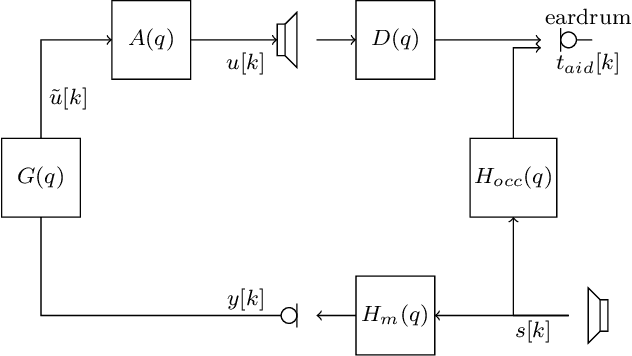
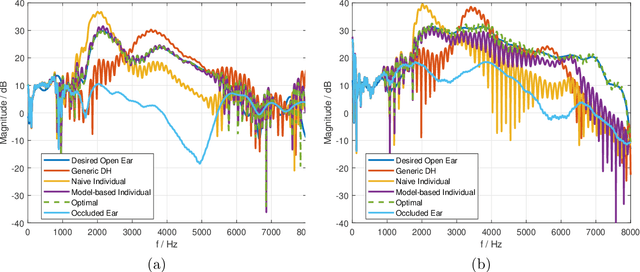
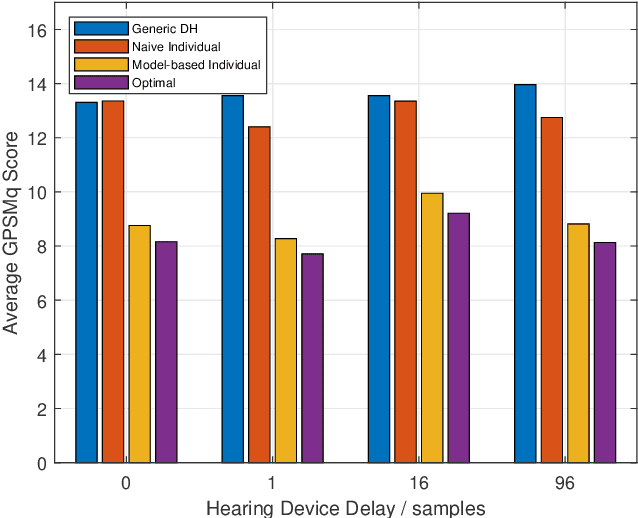
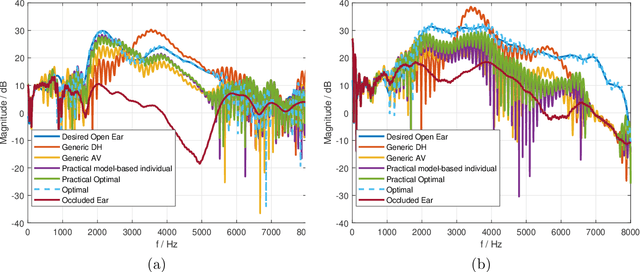
Abstract:To improve sound quality in hearing devices, the hearing device output should be appropriately equalized. To achieve optimal individualized equalization typically requires knowledge of all transfer functions between the source, the hearing device, and the individual eardrum. However, in practice the measurement of all of these transfer functions is not feasible. This study investigates sound pressure equalization using different transfer function estimates. Specifically, an electro-acoustic model is used to predict the sound pressure at the individual eardrum, and average estimates are used to predict the remaining transfer functions. Experimental results show that using these assumptions a practically feasible and close-to-optimal individualized sound pressure equalization can be achieved.
Robust single- and multi-loudspeaker least-squares-based equalization for hearing devices
Sep 09, 2021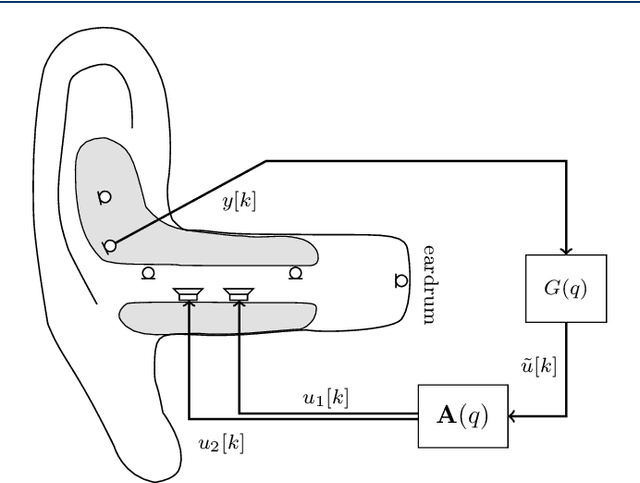
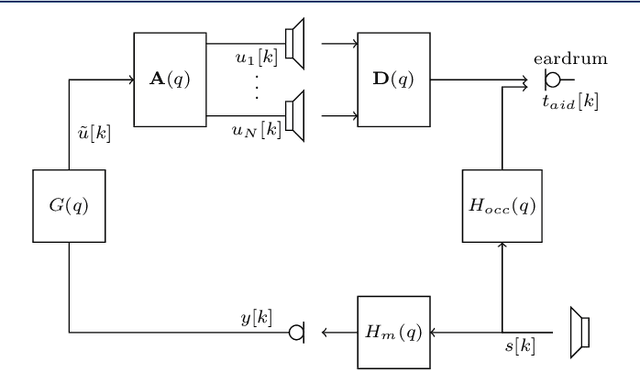
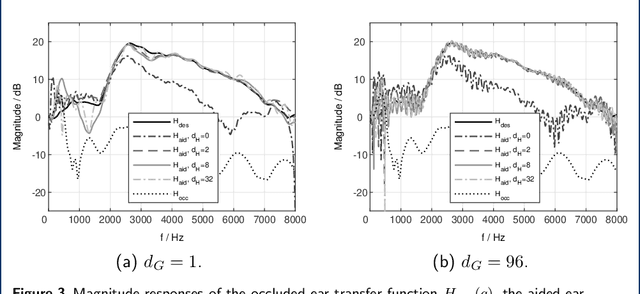
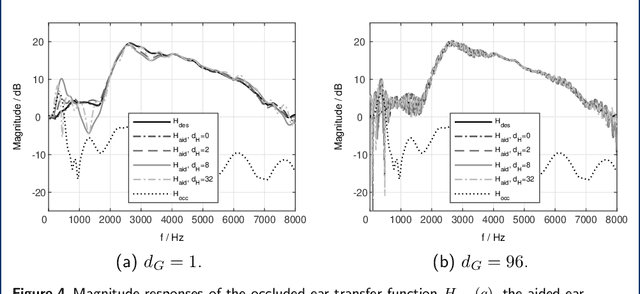
Abstract:To improve the sound quality of hearing devices, equalization filters can be used that aim at achieving acoustic transparency, i.e., listening with the device in the ear is perceptually similar to the open ear. The equalization filter needs to ensure that the superposition of the equalized signal played by the device and the signal leaking through the device into the ear canal matches a processed version of the signal reaching the eardrum of the open ear. Depending on the processing delay of the hearing device, comb-filtering artifacts can occur due to this superposition, which may degrade the perceived sound quality. In this paper we propose a unified least-squares-based procedure to design single- and multi-loudspeaker equalization filters for hearing devices aiming at achieving acoustic transparency. To account for non-minimum phase components, we introduce a so-called acausality management. To reduce comb-filtering artifacts, we propose to use a frequency-dependent regularization. Experimental results using measured acoustic transfer functions from a multi-loudspeaker earpiece show that the proposed equalization filter design procedure enables to achieve robust acoustic transparency and reduces the impact of comb-filtering artifacts. A comparison between single- and multi-loudspeaker equalization shows that for both cases a robust equalization performance can be achieved for different desired open ear transfer functions.
 Add to Chrome
Add to Chrome Add to Firefox
Add to Firefox Add to Edge
Add to Edge